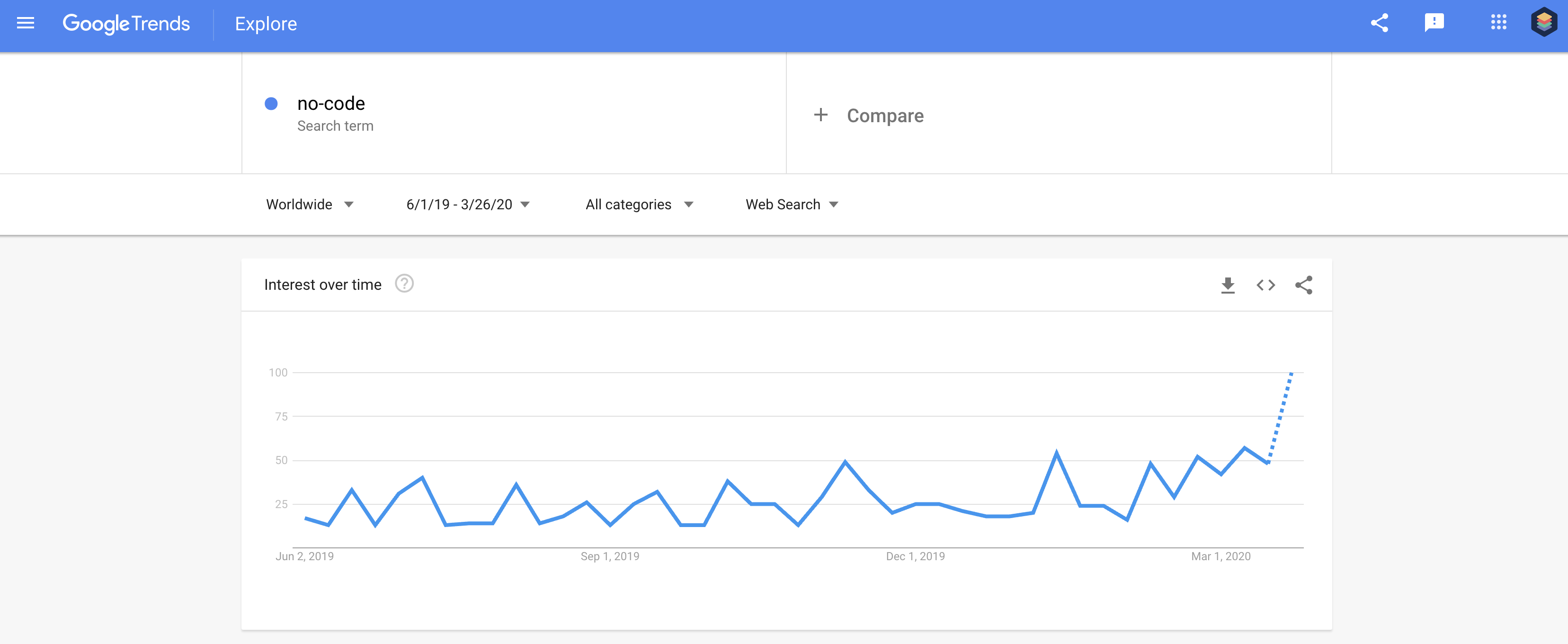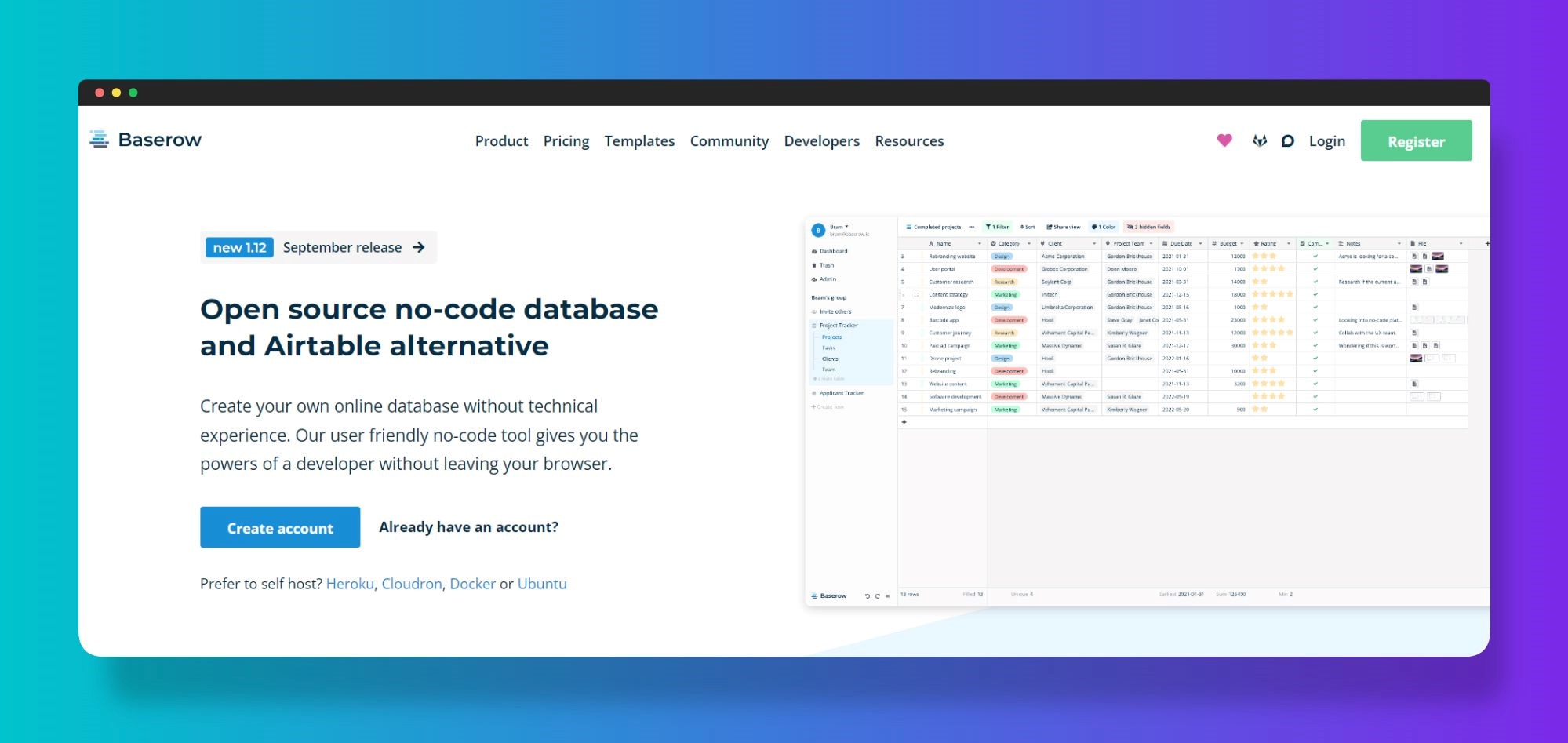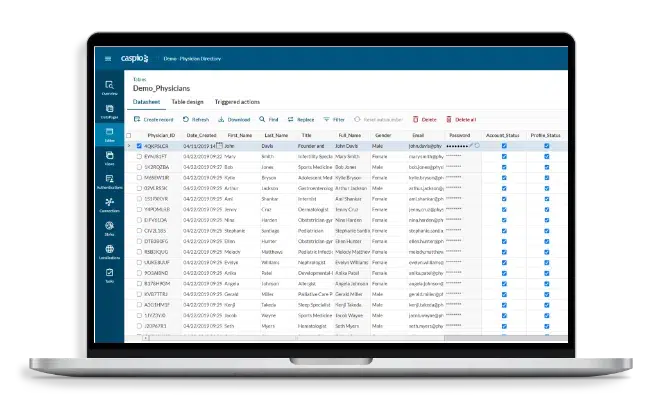Discover Exactly How Scalable Data Sources Can Be Used Without Coding to Enhance Your Company Workflow
In today's hectic organization environment, the ability to manage and examine data successfully is paramount. Scalable databases, specifically when coupled with no-code services, provide a transformative method that encourages non-technical users to streamline procedures. By employing tools that require no coding competence, companies can boost their operational capabilities while lessening reliance on IT sources. However, the genuine inquiry lies in recognizing how these options can be customized to details company needs and what prospective difficulties may emerge in their execution. Checking out these facets can brighten the course to operational excellence.
Understanding Scalable Data Sources
Scalable data sources are essential for modern service operations, allowing companies to successfully manage enhancing volumes of data without compromising performance. These data sources are designed to expand and adjust to the transforming demands of a service, making certain that they can deal with bigger datasets and more complex queries as business requirements advance.
Recognizing scalable data sources involves identifying their 2 primary types: upright scaling and horizontal scaling. Upright scaling, or "scaling up," includes adding even more power (CPU, RAM) to an existing server to boost performance. Conversely, horizontal scaling, or "scaling out," requires adding extra web servers to distribute the load, which often results in higher flexibility and mistake tolerance.
Another crucial element is the style of scalable databases, which can be either non-relational or relational. Relational data sources, such as MySQL and PostgreSQL, are structured and utilize SQL for questions, while non-relational data sources, like MongoDB and Cassandra, supply even more adaptability with unstructured data.
Inevitably, comprehending scalable data sources is important for companies aiming to utilize information as a strategic possession, enabling them to continue to be affordable in a progressively data-driven environment.

Benefits of No-Code Solutions
Opening the potential of no-code solutions empowers services to improve operations and enhance performance without the requirement for comprehensive programming expertise. These platforms permit non-technical individuals to create, change, and take care of data sources easily, hence democratizing access to innovation throughout groups.
Among the main benefits of no-code solutions is their speed of application. Services can quickly release applications and automate procedures, significantly lowering the moment invested in growth cycles. This agility allows organizations to react immediately to market modifications and client needs, promoting an one-upmanship.
In addition, no-code systems decrease dependence on IT departments for daily tasks, permitting technical teams to concentrate on even more intricate jobs that need specialized skills. This change not just maximizes source allotment however also advertises advancement within the company.
Cost-effectiveness is one more benefit, as no-code options can lower growth and maintenance costs. By minimizing the demand for coding experience, business can harness the capabilities of their existing labor force without the expenses of working with added personnel.
Popular No-Code Data Source Tools
The surge of no-code solutions has brought about the introduction of numerous database tools that cater to companies looking for efficiency and accessibility. These tools empower users with limited technical expertise to produce, handle, and control data sources seamlessly.

Caspio stands out for its capability to construct internet applications with no coding. It allows companies to create durable databases and deploy applications swiftly, satisfying different industry requirements. Likewise, Knack provides effective information and easy to use interfaces administration abilities, enabling companies to develop customized applications tailored to their process.

Use Cases in Company Procedures
Just how can companies utilize data source devices to enhance their operations? Scalable databases provide organizations with powerful capacities to take care of and assess information without the need for considerable coding knowledge. These devices can simplify numerous service procedures, inevitably causing improved effectiveness and performance.
One prominent use case is consumer partnership management (CRM) Services can use scalable databases to track consumer communications, choices, and comments, making it possible for personalized interaction and better service. that site By systematizing this details, teams can team up better and react to client needs in real-time.
One more significant application is inventory monitoring. Firms can utilize no-code data source devices to monitor supply levels, track shipments, and forecast need. This ensures ideal stock levels, minimizes waste, and decreases stockouts.
In addition, project monitoring can profit from scalable databases by allowing teams to manage tasks, target dates, and resources in an unified system. With real-time updates and data visualization, project supervisors can make educated choices.
Getting Going With Implementation
Executing scalable databases in service procedures needs a structured approach to make certain effective combination and utilization. The primary step is to carry out an extensive requirements evaluation, identifying details organization demands, data types, and expected growth patterns. This foundational understanding will guide the option of the proper data source option.
Next, select an user-friendly, no-code data source system that straightens with your operational goals. no-code. Many modern-day options use instinctive user interfaces, allowing non-technical users to manage data successfully. After choosing a system, develop a clear data style that outlines exactly how data will certainly be arranged, accessed, and maintained
Training is crucial; make sure that team participants are outfitted with the necessary abilities to use the data source. Take into consideration giving workshops or tutorials to acquaint staff with the system's functionalities.
Verdict
In final thought, the assimilation of scalable data sources via no-code remedies provides significant advantages for service operations. These platforms equip non-technical individuals to successfully handle and assess information, helping with enhanced decision-making and partnership. By adopting devices such as Airtable and Notion, companies can enhance procedures and decrease dependence on IT resources. Eventually, leveraging these modern technologies can bring about boosted efficiency and operational performance, placing businesses for sustained development in a competitive landscape.
One preferred no-code database tool is Airtable, which integrates the performance browse this site of a spreadsheet with the power of a data source.How can companies utilize data source devices to improve their operations? Services can utilize scalable databases to track customer communications, preferences, and responses, enabling customized interaction and better service.Applying scalable databases in business operations requires an organized approach to guarantee effective assimilation and application.In conclusion, the combination of scalable databases with no-code remedies provides significant advantages for organization operations.